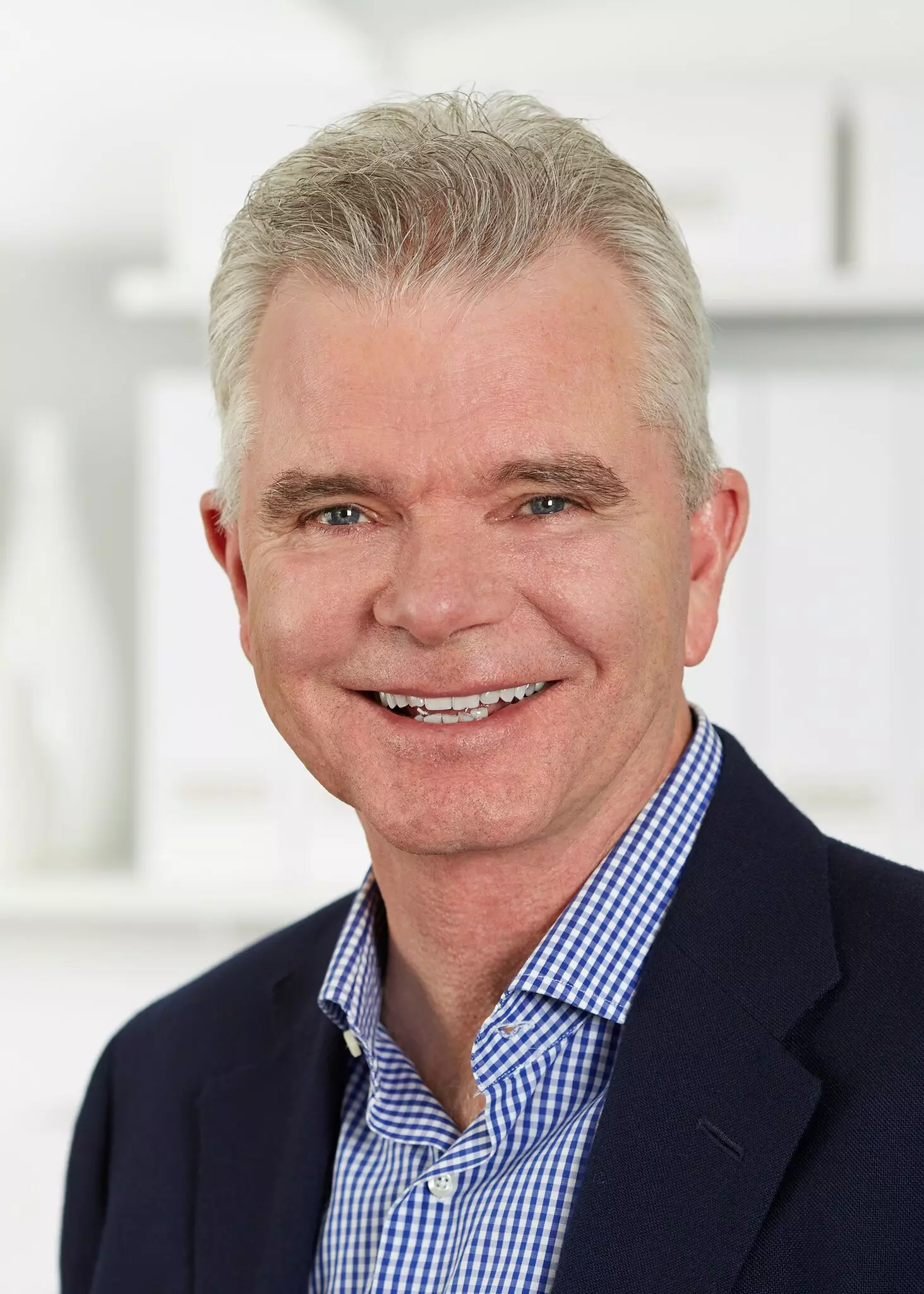 It doesn’t matter who you are, or how long you have been a Founder & CEO, there is a direct connection between your leadership development and your company’s profit development.
It doesn’t matter who you are, or how long you have been a Founder & CEO, there is a direct connection between your leadership development and your company’s profit development.
I was reminded of this when I interviewed Kip Tindell (Co-founder and now former CEO of The Container Store) last week.
Until this year, Kip was at the helm as CEO of The Container Store since he co-founded the iconic retail establishment in 1978. That’s a 38 year run as a very successful Founder & CEO.
He candidly revealed many of his ups and downs in his 2014 book, “Uncontainable.”
It’s one of my favorite business books. I was struck by a key section of his book. He writes on page 125, “…in August of 1988, we were plunged into a real crisis the day we opened our seventh store, in Houston.”
Kip spoke with me about this challenging growth time period during our podcast interview. We both agreed that it’s a scenario that most fast-growth Founding CEOs face.
Here is what he said in the interview. “The business had been…so successful…it was too fast…it was too many sales…we had to figure out how to get it back to the culturally high- service ,employee-first business we had always been…We realized we had to formalize our culture.”
At some point in time many of you reach that level of success. It certainly is a nice problem to have. The switch from Founder to CEO often comes with growth issues like Kip’s Houston store challenge. The team grows larger and that size requires much more intentional leadership than was ever needed in the past.
So, how did Kip choose to respond to his Houston rapid growth issues? Communication! In fact, during my interview with him he emphasized that “communication IS leadership.” He decided to codify and communicate the key principles that all employees need to understand about being a member of The Container Store team. He called them “Foundation Principles.” And, he and the organization spent a lot of time embedding these principles into the company culture.
So, when you find your team growing, when things seem to be spiraling out of control, and when confusion seems to be the new norm, communicate. Below are some key communication considerations when you experience these growth inflection points like Kip experienced:
- GET CLARITY: As CEO, clarity is king and queen. You need clarity before anyone else can truly support your company’s mission. Get clear on where the company is at right now. Get clear about the culture you want to create. Get clear about your expectations of your leadership team. Get clear about the impact you want to have on the world. It starts with you.
- SYNTHESIZE YOUR MESSAGE: Boil down your clarified message in a way that everyone can understand. Complexity is your enemy and simplicity is your friend. Can an eighth grade student understand your message?
- MULTIPLE VEHICLES: Once you are clear and your message is synthesized, adapt it to multiple communication vehicles. Can you create a weekly video? Can you host a weekly podcast? Can you have a monthly e-newsletter? What about town halls or webinars? What about small group huddles? Do you have time for one-on-one meetings with key influencers? The point is to get your message out in all the different ways people respond to communication. It’s not necessarily what works for you, as much as it is what works for your team members.
- REPETITION: Sometimes it takes 3 or 4 times before we actually hear something. It may take another 3 or 4 times before we take action on what we hear. You may want to remember this when your feelings of CEO communications boredom prompt you to stop. Just when you may be tired of what you are saying, others are hearing it for the first time. Don’t stop.
Successful founders become great CEOs when they realize, “Communication and leadership really are the same thing,” as Kip writes on page 138 of “Uncontainable.”
What works for you?
Please consider sharing your your communication practices below so your fellow Founding CEOs can learn from your successes and failures.


